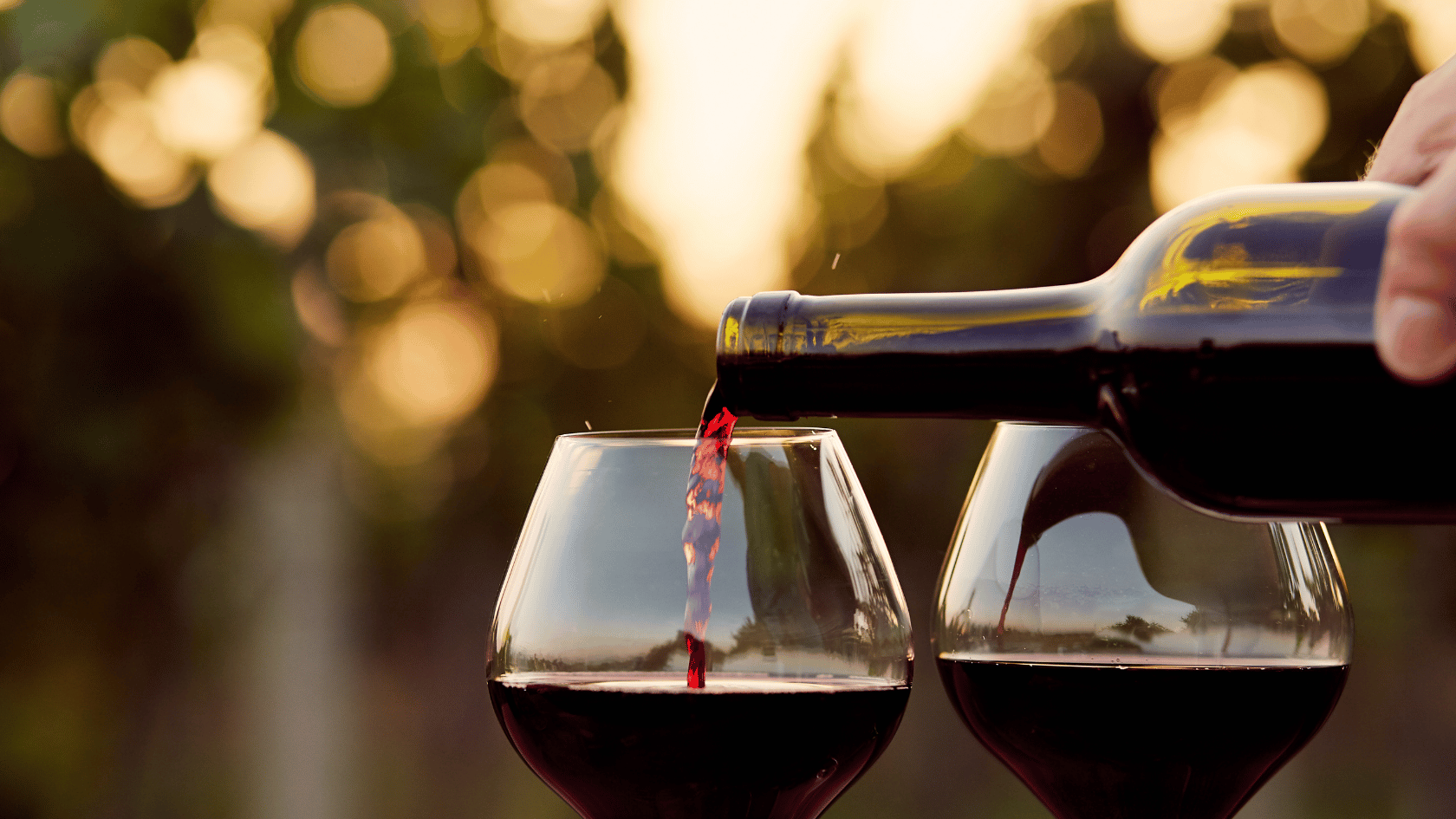In California, Zinfandel is the second most planted red wine grape variety after Cabernet Sauvignon. A high alcohol content and strong, fragrant, juicy wine can be produced from this grape. While the Gold Rush gold miners made Zinfandel their go-to wine, it fell out of favour during Prohibition, earning the reputation as the ‘Bordeaux of California.
Wines made from the Zinfandel grape are well known for their food-friendly qualities, making them stronger than Pinot Noir wines and more approachable than Tannic Cabernet Sauvignon wines. There is a great deal of depth and complexity to Zinfandel wines, which are frequently made from grapes sourced from century-old wines.
Zinfandel Wine History
In the early 19th century, Zinfandel was introduced to America from Europe. There has been an explosion in Zinfandel wine production in California counties such as Napa and Sonoma, where it is still produced today. While the wine has become increasingly popular over the years, its European origins remain a mystery.
Due to Primitivo wine’s origin in Croatia, this discovery suggests we can finally thank Croatia for Zinfandel wine. The sun-drenched climate provided the perfect environment for cultivating flavourful grapes. It was the Croatian wine-making industry that began to focus on Zinfandel-related grapes in the 19th century that first recorded a grape that is similar to Zinfandel.
Best Zinfandel Wine to Try
2020 Turley Old Vines California Zinfandel

Wines are anywhere from 41 to 129 years old, and a true representation of California old vine Zinfandel, hailing from vineyards in Napa, Sonoma, Mendocino, Lodi, Contra Costa, Amador and Paso Robles.
2021 Brown Estate Napa Valley Zinfandel

The current vintage is comprised of fruit from Brown Estate as well as our esteemed Chiles Valley neighbor Green & Red, along with two Valley floor vineyards from which we also produced standalone Zins for 2021.
2018 Peter Franus Brandlin Vineyard Mount Veeder Zinfandel

Youthful dark ruby with complex aromas of bramble fruits, dried herb, rose petal, anise, allspice and vanilla. Black cherry flavors are bright, forward, and expansive with a refreshing lift and structure atypical for most Zinfandels. The wine finishes with just the right amount of grip to say the wine is serious.
2019 Ridge Vineyards Three Valleys Sonoma County Zinfandel

Deep garnet-red color. Aromas of ripe raspberry and cherry fruits, fresh mint, exotic spices, with clay-earth minerals. Beautiful briary fruits on entry, medium-full body, integrated tannins, and great persistence to the finish.
2019 Carlisle Saitone Ranch Russian River Valley Zinfandel

Medium-dark ruby. Aromas of black raspberry and cherry cola are highlighted by suggestions of black licorice and lavender. Of all our 2019 Russian River Valley Zinfandels, this comes across as the darkest in profile, almost Southern Rhône in character and reminding me of one of my favorite old-vine Châteauneuf-du-Pape Grenache cuvées from the lieu-dit of Chapouin. On the palate, medium-full bodied. Flavors of black and blue fruits persist in the chalky yet gently tannic finish. At once both powerful and graceful, this will benefit from a couple additional years in the bottle. Drink this old-vine beauty from 2024 through 2030.
2021 Seghesio Sonoma County Zinfandel

Intense aromatics of currant and plum are complemented by savory notes of black olive, anise and allspice. A bright entry of briary black raspberry gives way to a bold palate of supple, lively tannins and a powerful, lingering finish.
2020 Limerick Lane Estate Russian River Valley Zinfandel

Our Russian River Zinfandel is our flagship wine. Originally planted by Italians at the start of the 1900’s, this wine hearkens back, in some ways, to a different time. While seamless and with an unparalleled clarity of flavor and aromas, there is also an undeniable gravity that Limerick Lane Zinfandel seems to exude. It may be nothing more than a romantic appreciation for the hands that have tended these vines for over a century.
Climate suitable for Zinfandel production
Warm, but not scorching, climates are ideal for Zinfandel. Sunlight makes the thin skin of the grapes shrivel. A dry climate is ideal for growing grapes because too much moisture can cause the tightly packed grape bunches to rot. Although Zinfandel vines are tough and fruitful, grapes in the vineyard require a lot of attention.
Flavour profile
The most distinguishing characteristics of Red Zinfandel are its deep purple color, high tannin content, high alcohol percentage, and medium acidity. In addition to its medium body and medium dryness, the red wine has flavors of jam, raspberries, blackberries, cherries, plums, cinnamon, black pepper, and liquorice.
Similarly to red Zinfandel, white Zinfandel is created by crushing grapes and removing their skins immediately. Wines produced in this way tend to be lighter in color, lighter in body, with less alcohol and lighter tannins. In addition to strawberry, cherry, and citrus notes, white Zinfandels tend to be pleasantly sweet. Unlike traditional red wines, it has little bitterness and depth, making it popular among wine beginners.
Food pairing
Almost any type of meat goes well with red Zinfandel. Grilled pork chops or chicken go well with the aromatic red wine. Spiced foods pair well with the mild sweetness of red Zinfandel. An ideal cheese would be cheddar or manchego, which are both hard, savory cheeses. With a variety of savoury meals, sweet white Zinfandel pairs well. Hot seafood, spicy Asian cuisine, or barbecue chicken are all excellent pairings.

